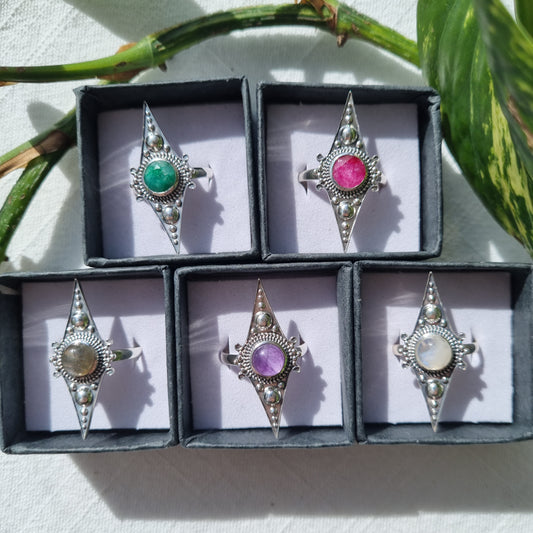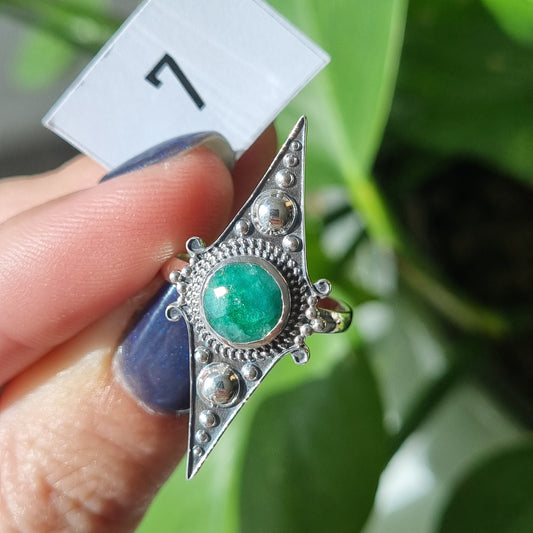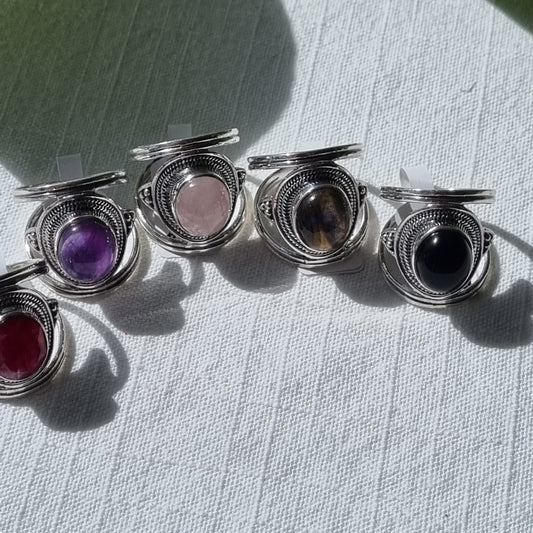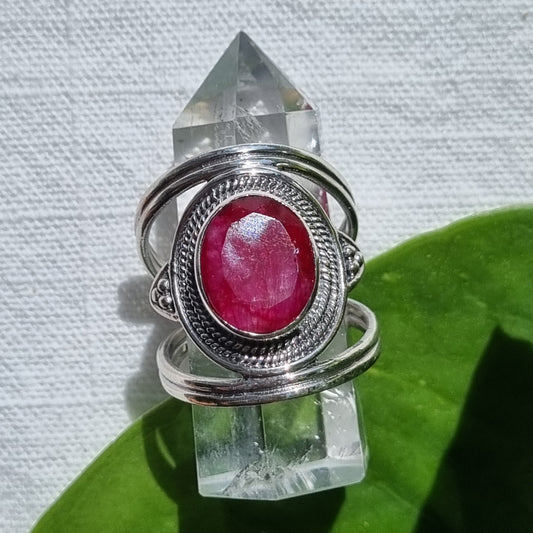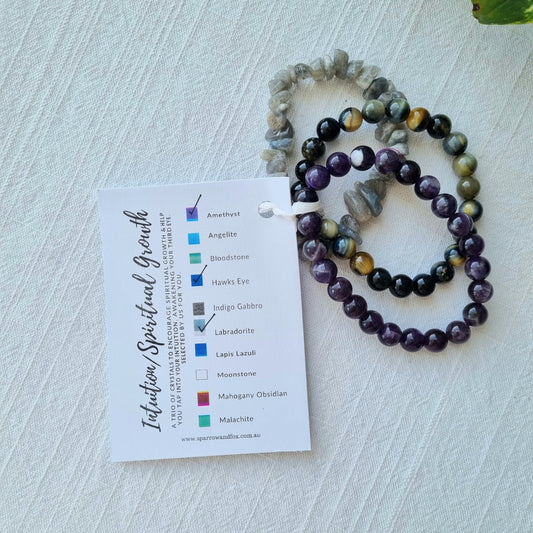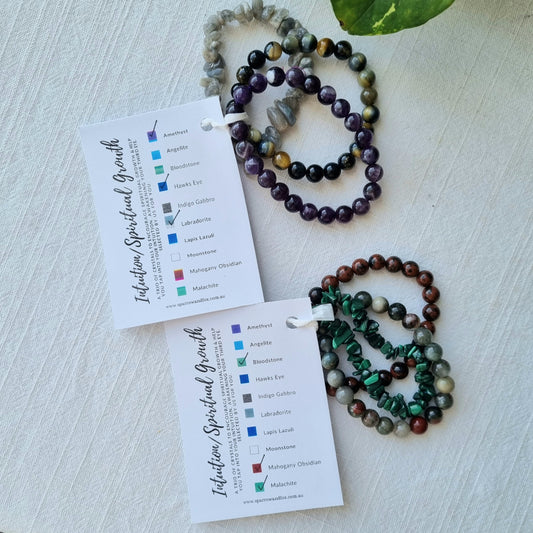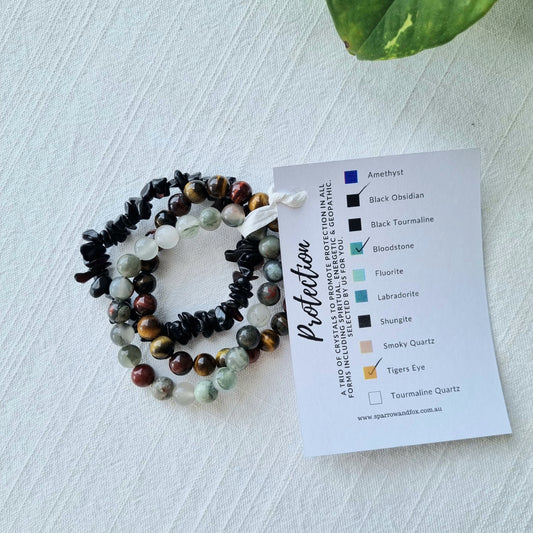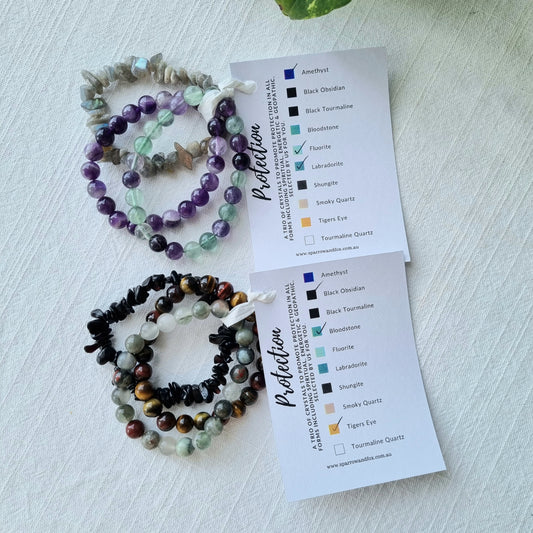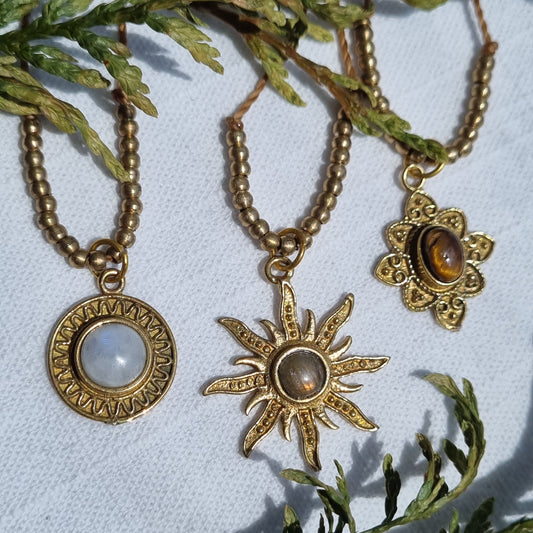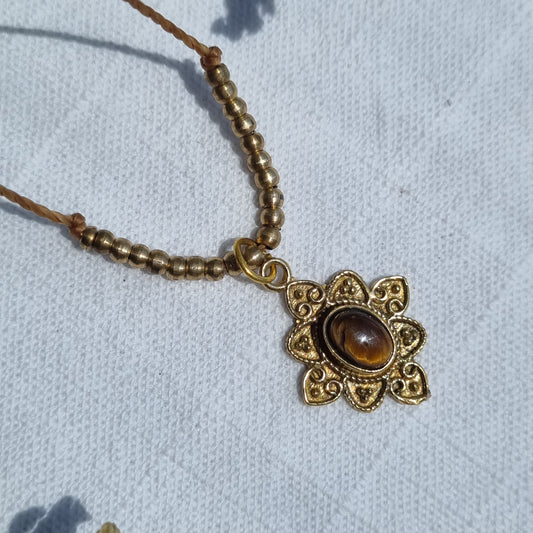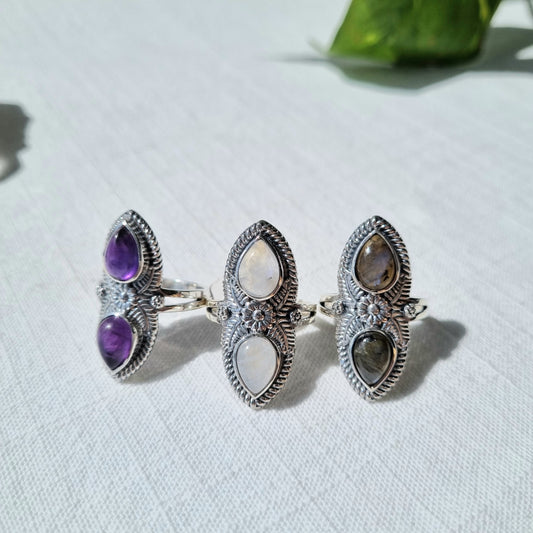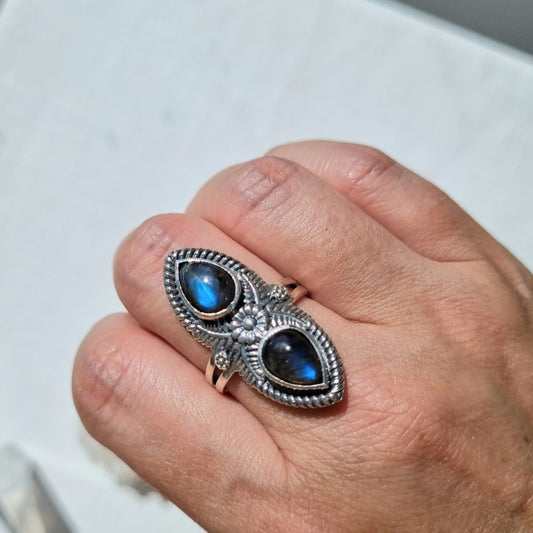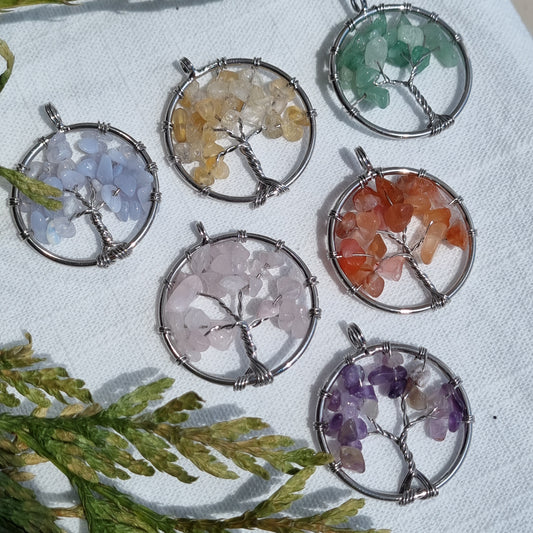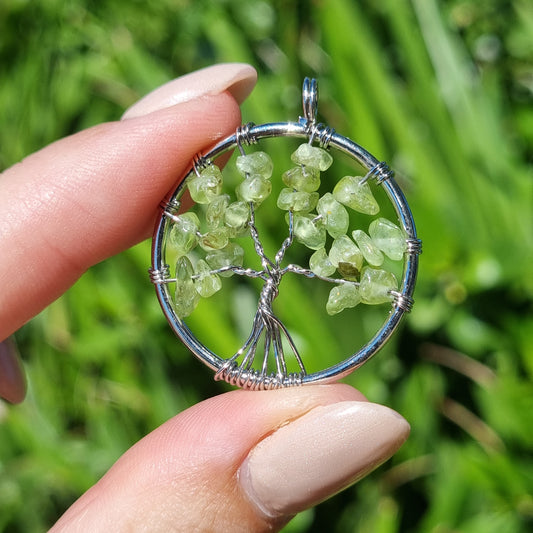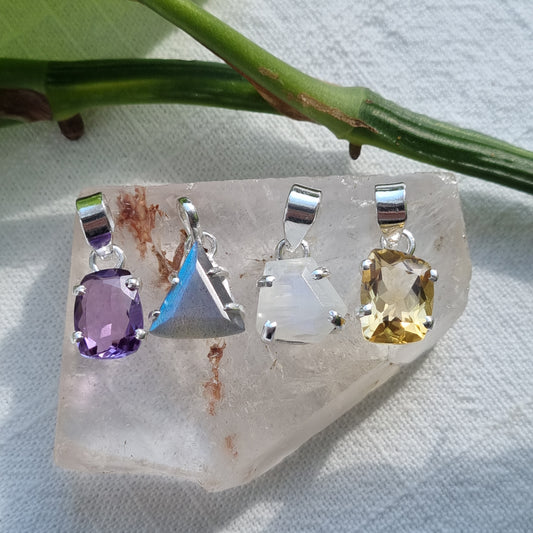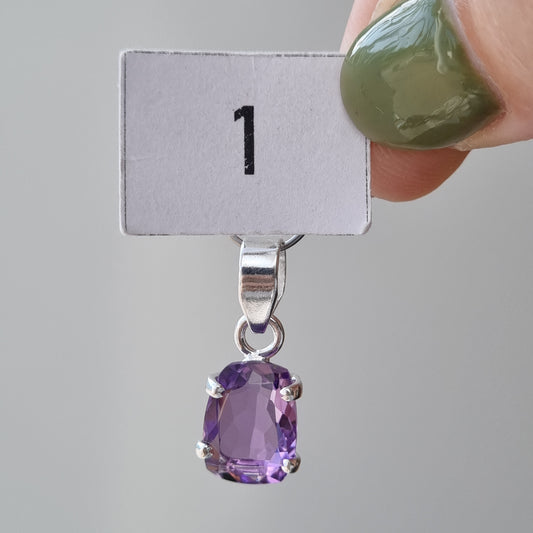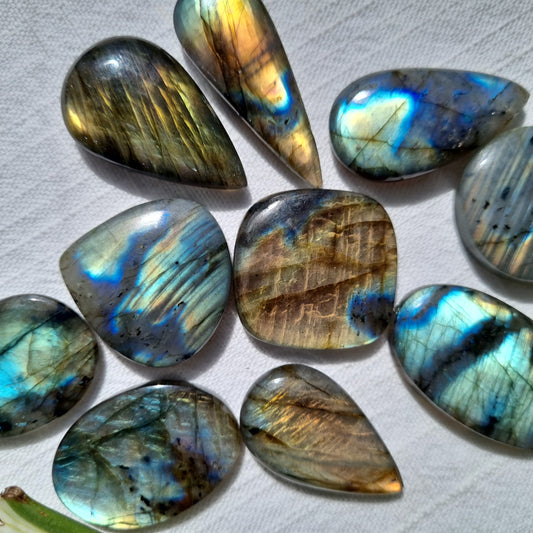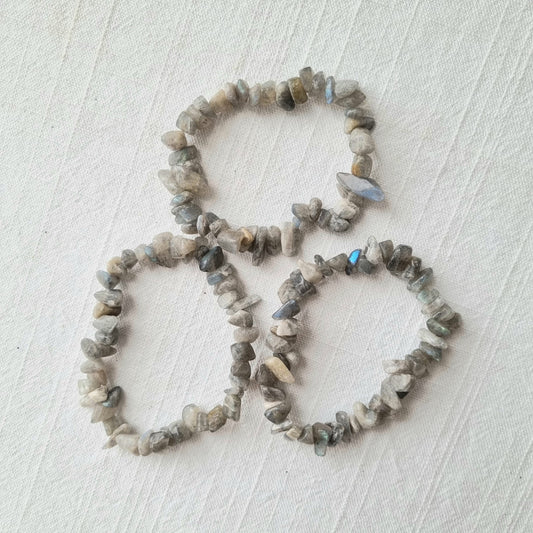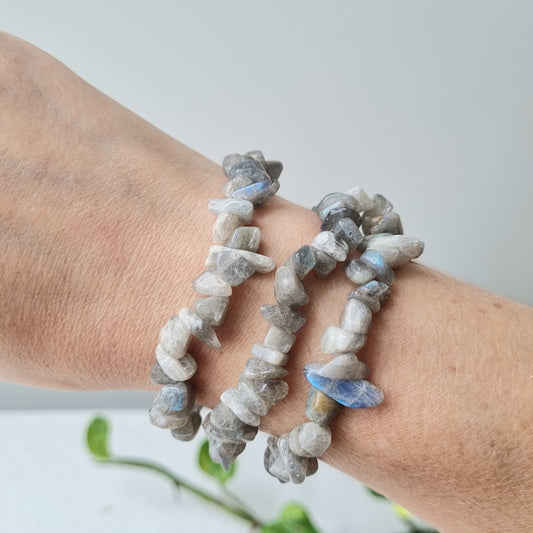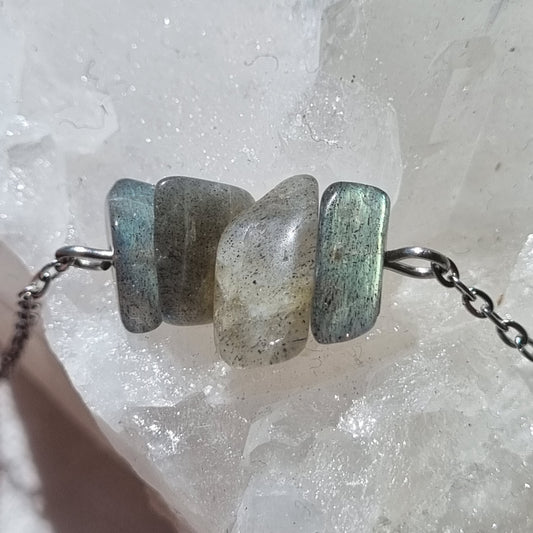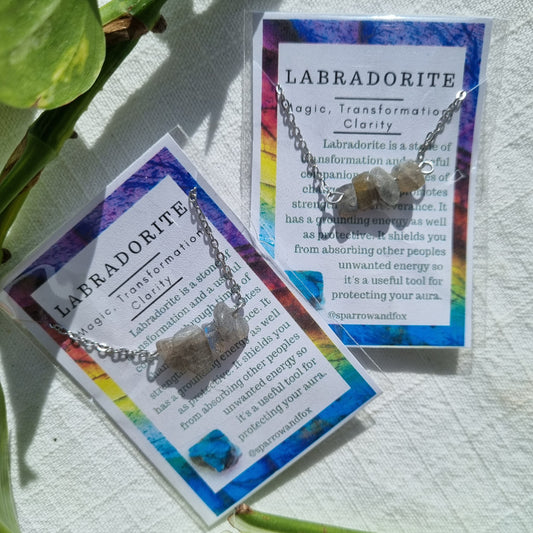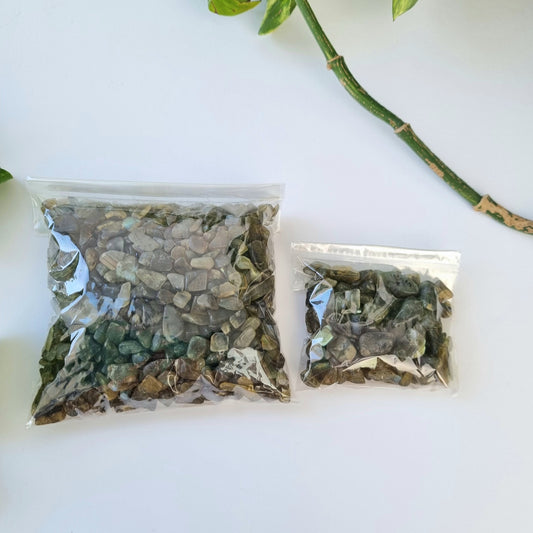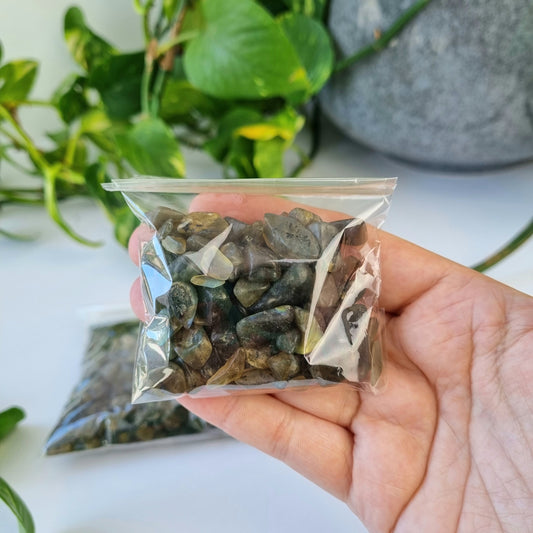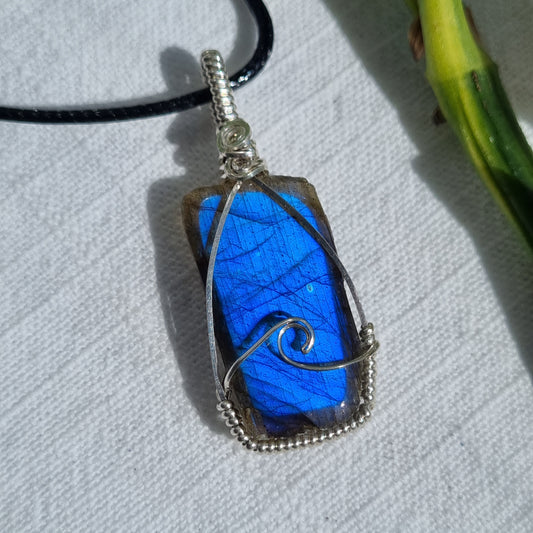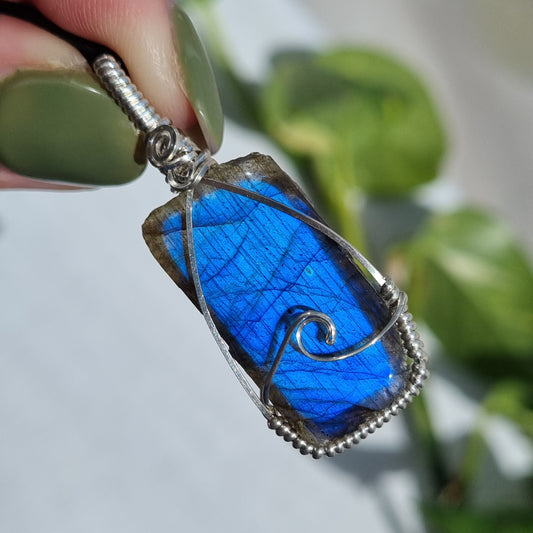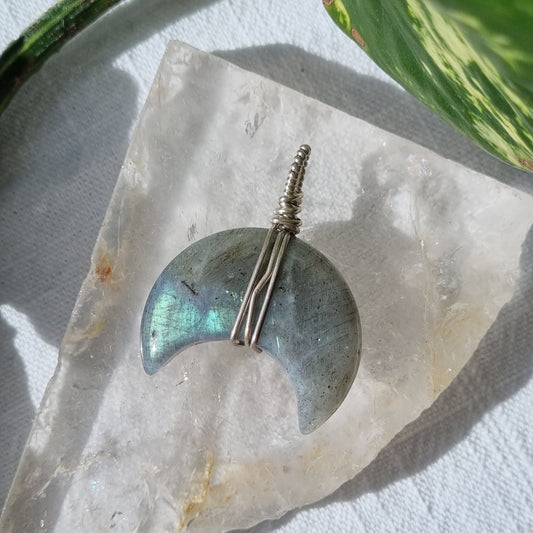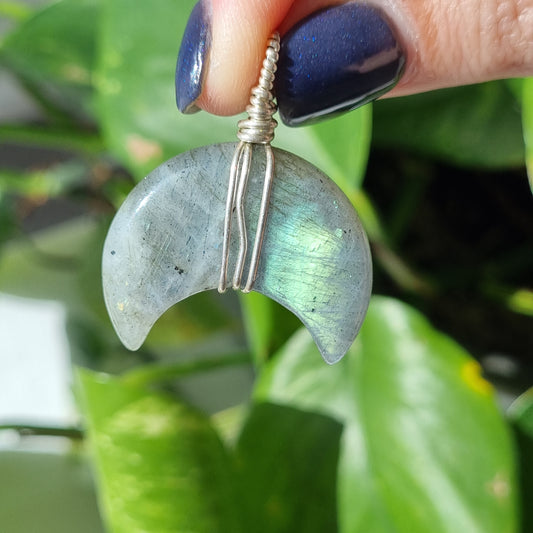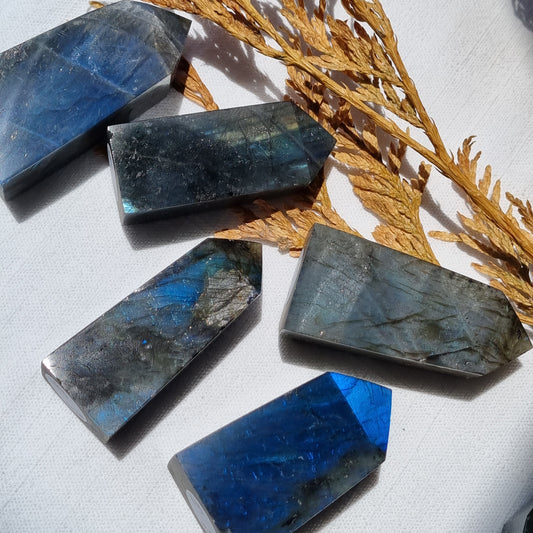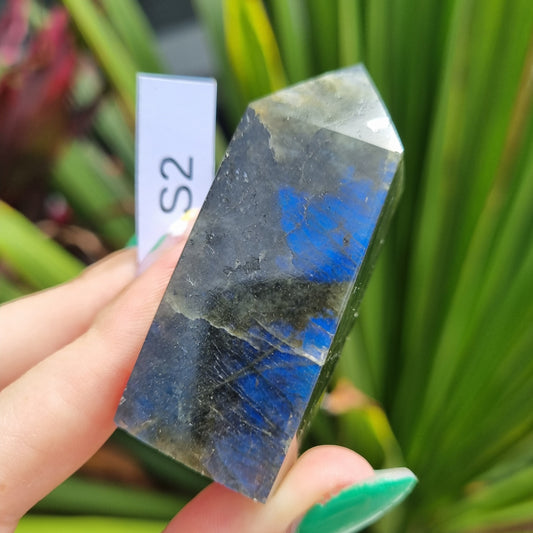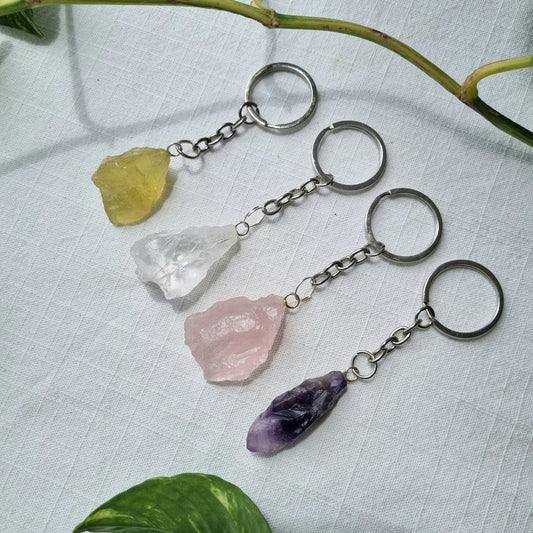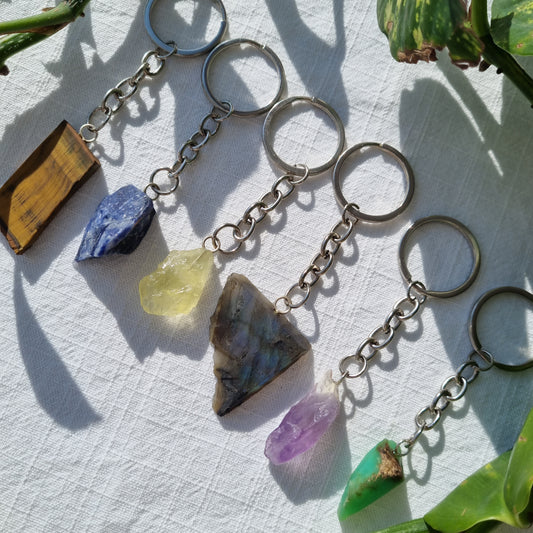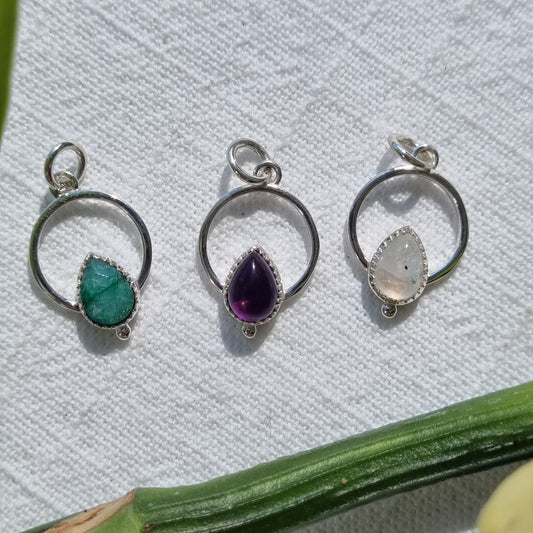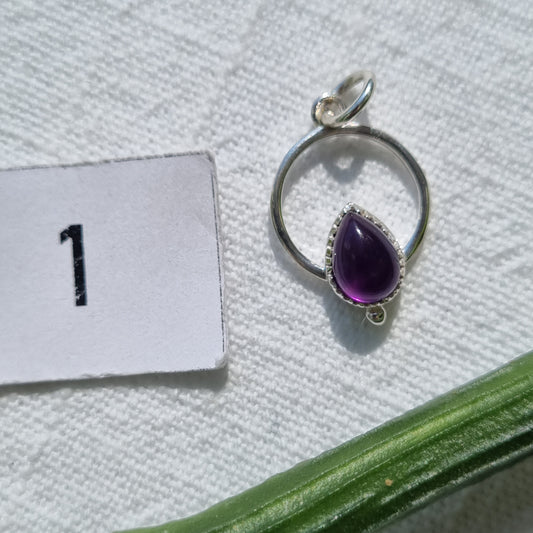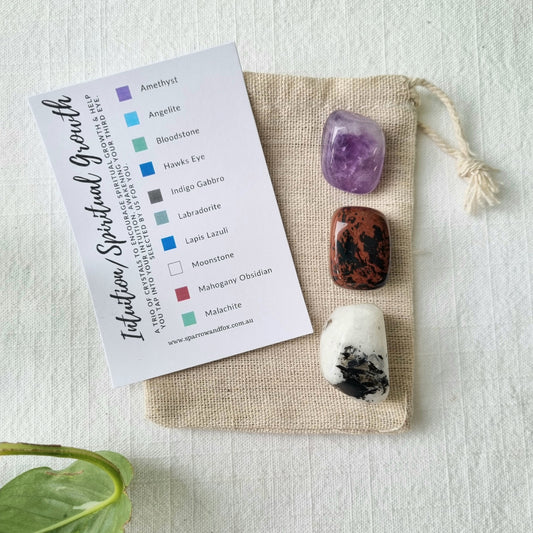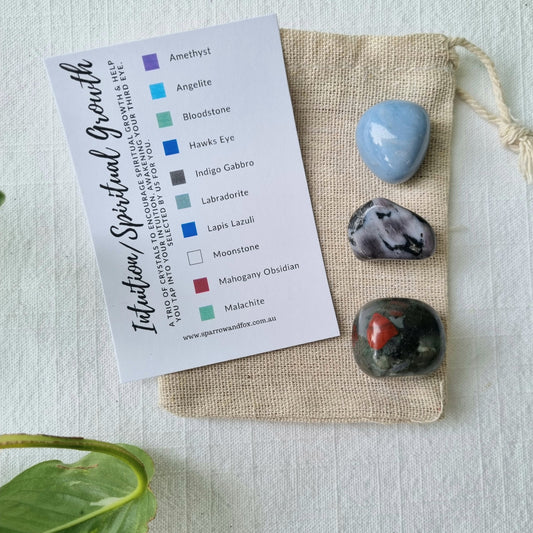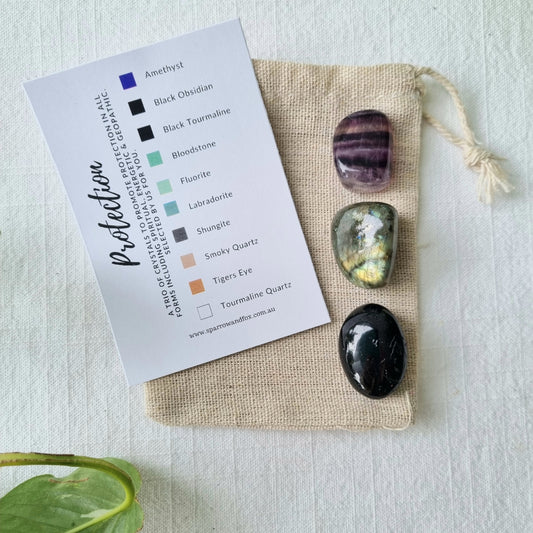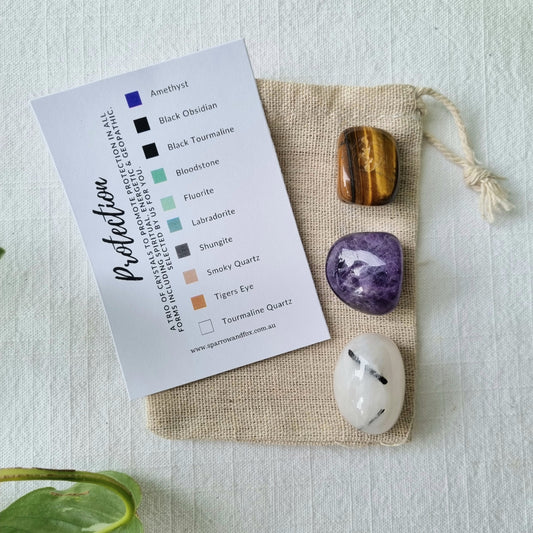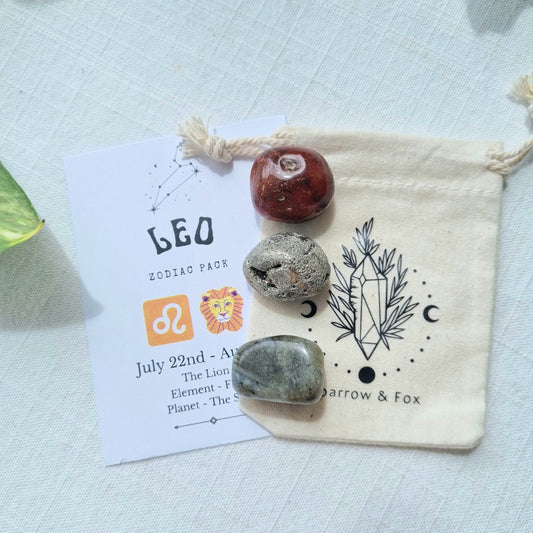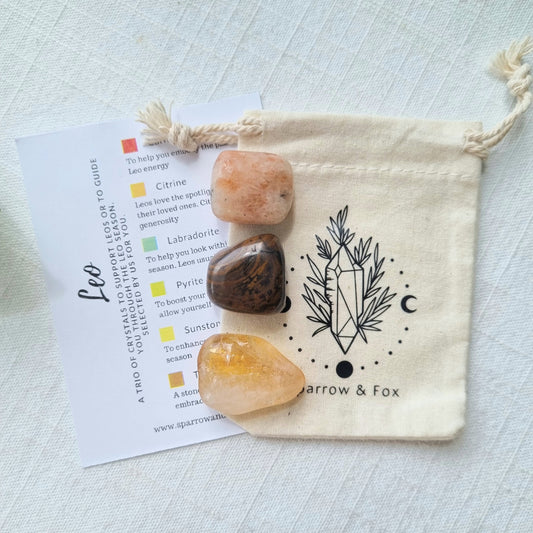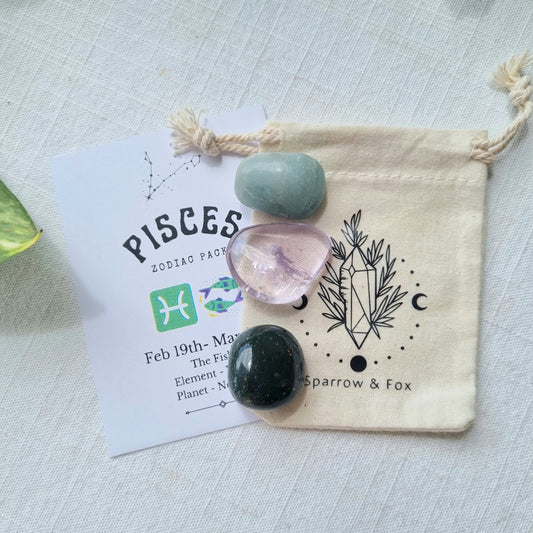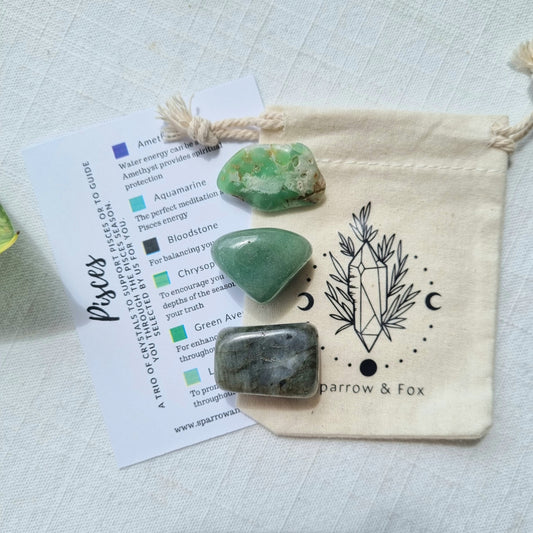Collection: Feldspar Mineral Group
The Feldspar group of minerals is one of the most abundant and important in the Earth's crust, comprising nearly 60% of terrestrial rocks. Feldspars are recognized for their range of colours—from white and grey to pink, red, and green—often seen in igneous, metamorphic, and sedimentary rocks.
This diverse group includes several related minerals, such as orthoclase, plagioclase, and microcline-
-
Orthoclase is a potassium-rich feldspar that forms in a crystal structure called monoclinic. It's commonly found in granite and comes in colours like white or pink. It is used in the making of porcelain and as a gemstone in its transparent form, known as moonstone.
-
Plagioclase is a group of feldspars that have a mix of sodium and calcium. These minerals form in a triclinic crystal structure, which gives them a slightly different shape. They often have fine lines on their surfaces and are found in many types of rocks. This series includes minerals like labradorite and andesine.
-
Microcline is similar to orthoclase in being rich in potassium, but it forms in a triclinic structure, giving it a different internal pattern. It's known for its green or blue-green variety called Amazonite.
So, while orthoclase and microcline are both potassium feldspars, they have different crystal structures. Plagioclase is different because it contains both sodium and calcium and also has a distinct crystal structure.
-
Aphrodite Nebula Sterling Silver Ring
Regular price $69.00 AUDRegular priceUnit price / per -
Atlantis Dreams Sterling Silver Ring
Regular price $85.00 AUDRegular priceUnit price / per -
Bracelet Vibe Trio - Intuition / Spiritual Growth
Regular price $20.00 AUDRegular priceUnit price / per$25.00 AUDSale price $20.00 AUDSale -
Bracelet Vibe Trio - Protection
Regular price $20.00 AUDRegular priceUnit price / per$25.00 AUDSale price $20.00 AUDSale -
Crystal & Brass Charm Necklace - Azure Earth Collection
Regular price $35.00 AUDRegular priceUnit price / per -
Crystal Gypsy Sterling Silver Ring
Regular price $75.00 AUDRegular priceUnit price / per -
Crystal Tree of Life | Pendants or KeyChain
Regular price $9.00 AUDRegular priceUnit price / per -
Faceted Crystal Sterling Silver Pendant
Regular price $39.00 AUDRegular priceUnit price / per -
Labradorite Cabochon
Regular price $10.00 AUDRegular priceUnit price / per -
Labradorite Chip Bracelet
Regular price $5.00 AUDRegular priceUnit price / per -
Labradorite Chip Necklace - 45cm
Regular price $16.00 AUDRegular priceUnit price / per -
Labradorite Chip Rolo Chain Necklace
Regular price $16.00 AUDRegular priceUnit price / per -
Labradorite Chips
Regular price From $3.50 AUDRegular priceUnit price / per -
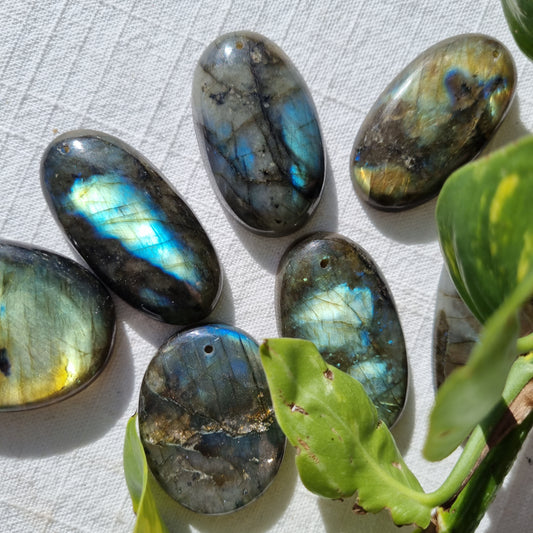
 Sold out
Sold outLabradorite Drilled Cabochon
Regular price From $9.00 AUDRegular priceUnit price / per$12.00 AUDSale price From $9.00 AUDSold out -
Labradorite drop earrings – Ray of Sunshine
Regular price $89.00 AUDRegular priceUnit price / per -
Labradorite Freeform Block - Madagascar - 1.04kg - A Grade
Regular price $189.00 AUDRegular priceUnit price / per -
Labradorite Freeform Block - Madagascar - 312g
Regular price $31.20 AUDRegular priceUnit price / per -
Labradorite Freeform Block - Madagascar - 775g
Regular price $77.50 AUDRegular priceUnit price / per -
Labradorite Freeform Block - Madagascar - 975g
Regular price $97.50 AUDRegular priceUnit price / per -
Labradorite Freeform Silver Pendant – Ray of Sunshine
Regular price $120.00 AUDRegular priceUnit price / per -
Labradorite Moon Sterling Pendant – Ray of Sunshine
Regular price $90.00 AUDRegular priceUnit price / per -
Labradorite Obelisk - Madagascar
Regular price From $15.90 AUDRegular priceUnit price / per -
Labradorite Palmstone
Regular price From $4.50 AUDRegular priceUnit price / per -
Labradorite Standing Half Polished - 205g
Regular price $30.20 AUDRegular priceUnit price / per -
Labradorite Standing Half Polished - 417g
Regular price $61.50 AUDRegular priceUnit price / per -
Labradorite Worry Stone
Regular price $7.00 AUDRegular priceUnit price / per -
Raw Crystal Key Ring - NEW STYLES!
Regular price $7.50 AUDRegular priceUnit price / per -
Teardrop Crystal Sterling Silver Pendant
Regular price $35.00 AUDRegular priceUnit price / per -
Tumble Vibe Trio - Intuition / Spiritual Growth
Regular price $10.00 AUDRegular priceUnit price / per -
Tumble Vibe Trio - Protection
Regular price $10.00 AUDRegular priceUnit price / per -
Zodiac Birthstone Trio - Leo
Regular price $10.00 AUDRegular priceUnit price / per -
Zodiac Birthstone Trio - Pisces
Regular price $10.00 AUDRegular priceUnit price / per
